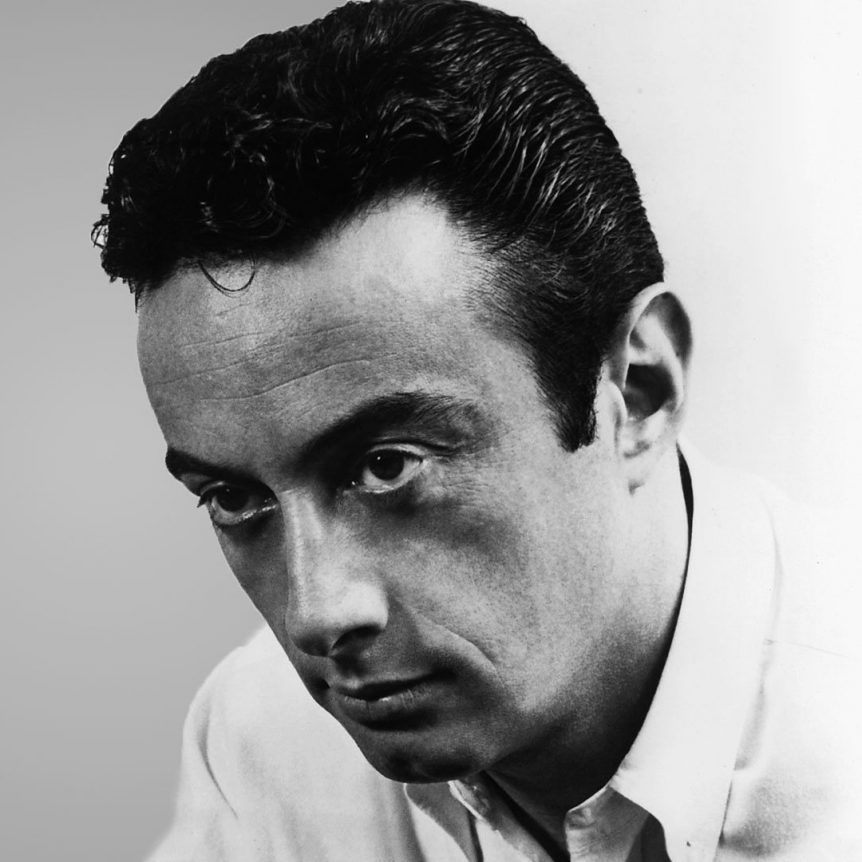At the outset of the bizarre and poetic fever-dream arthouse musical “Annette,” we see the legendary cult favorite pop band Sparks in a studio with a quartet of backup singers dressed in shimmering tones of green. As they launch into a catchy and upbeat number called “So May We Start?” they leave the studio and are joined by the movie’s stars, Marion Cotillard and Adam Driver, and the small group winds up on the street, asking that same question again and again:
“So May We Start?”
It’s a cool and infectious meta-intro that plays like a small-scale version of the much larger set-piece openings to “La La Land” and “In the Heights” — and that’s the last time “Annette” will remind you of “La La Land” or “In the Heights” or any other relatively traditional musical. Sparks and writer-director Leos Carax have teamed up to deliver a bold, original, avant-garde House of Broken Mirrors take on “A Star Is Born” that at times soars with creative energy and on other occasions is so consumed with being eccentric and garishly jarring, it’s as if the filmmakers have turned the Pretentious Meter to 11.
Adam Driver is in full leave-it-all-on-the-field mode, diving headfirst into the role of one Henry McHenry, an aggressive and macho stand-up comedian known as “The Ape of God,” who prowls the stage in a robe like a boxer stepping into the ring, working the crowd like an unsettling mix of Lenny Bruce, Andy Kaufman and Andrew Dice Clay. Henry is at that stage in his career where the huge crowds know the punchlines and the catchphrases; it’s easy for him to kill every night.
:no_upscale()/cdn.vox-cdn.com/uploads/chorus_asset/file/22762824/annette_ANET_2021_Unit_01508_UGC_EVRGRN_FINAL_KeySet_IAW_rgb.jpg)
Meanwhile, the love of Henry’s life, Marion Cotillard’s Ann, is dying every night—onstage, that is, as a beloved opera soprano. Whereas Henry’s crude and rude and lewd act centers on slaying the audience and pouring out his aggression and anger, Ann is all about delivering infinitely more lovely and sophisticated tones of love and heartbreak. And yet they’re crazy about each other, because the movie tells us they’re crazy about each other.
Director Carax indulges in all manner of stylistic touches, from Ann eating an apple in a number of scenes (the Adam and Eve reference is never fully explored) to a harrowing sequence at sea filmed in a deliberately artificial manner, to a horror-movie birth scene when Ann gives birth to a daughter named Annette — and Annette is represented by an exquisitely and yet chillingly detailed marionette, and remains a puppet until very late in the movie, and all I can say is “Pinocchio” seems more grounded in reality than this wooden child. What the actual what.
“Annette” grows increasingly melodramatic as Henry’s career stalls after six women accuse him of abusive behavior and audiences grow tired of his now-desperate act, which reaches a low point when he takes the stage and announces he has killed his wife. While that may or may not be true — I’ll leave it for you to discover what becomes of Ann — Henry has most definitely killed the love between them. In one of the weirder touches in a movie overflowing with weirdness, Baby Annette — still a puppet — becomes a global superstar because she has this spooky ability to sound just like her mother, even though she’s a wooden puppet baby. (Something never acknowledged or apparently noticed by any character in the film.) This leads to the film’s grandiose and suitably eerie and admittedly captivating conclusion, and the thing one can’t deny about “Annette” is that over the course of 139 minutes, it never, ever takes a break from being creatively bizarre.
